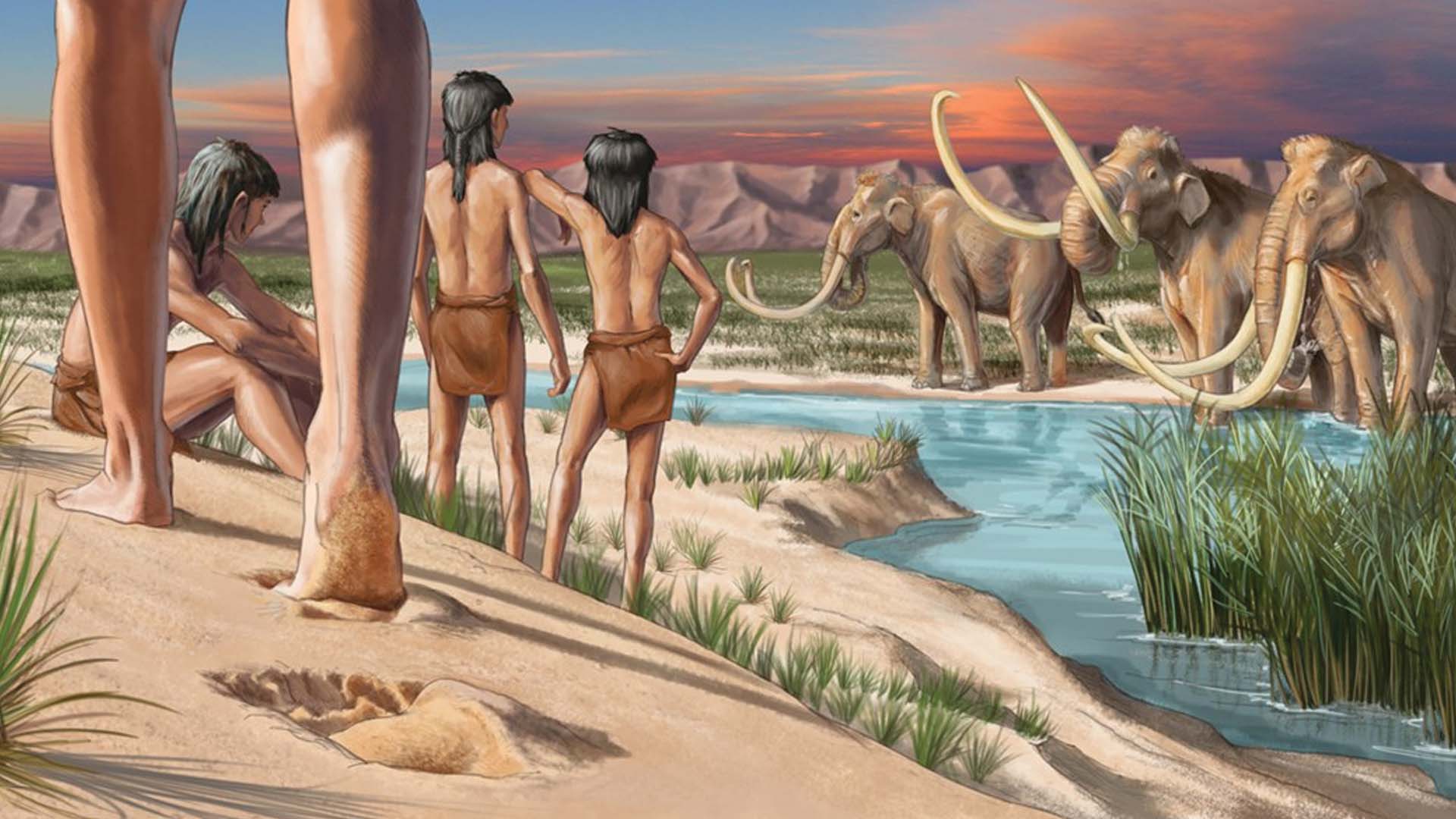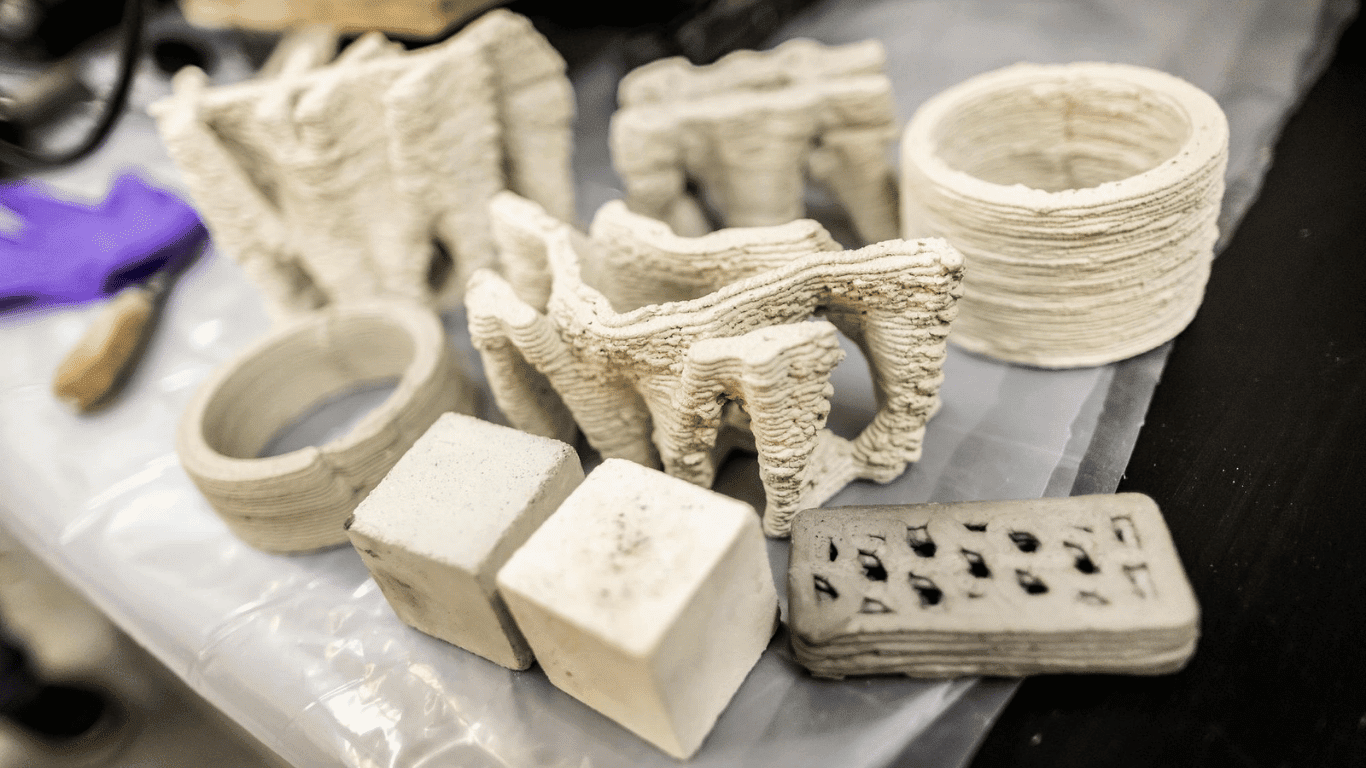Fossilized footprints that date back to 21,000 to 23,000 years ago have been discovered, indicating that humans arrived in the Americas much earlier than scientists previously thought. If the estimation is true, the footprints reveal that humans were in North America during the height of the last ice age, known as the Last Glacial Maximum.
The “ghost tracks” were first found in White Sands National Park in New Mexico in 2005. The tracks would only appear at certain times of the year when the ground was wet enough and disappear when it dried out, earning them their ghostly nickname. In 2016, scientists confirmed that real people made the tracks. In September 2021, they were dated as the earliest known footprints in North and South America.

Photo Credit: NPS
Scientists dated the fossilized footprints by examining the seeds of Ruppia cirrhosa, commonly known as spiral ditchgrass, an aquatic plant that once thrived along the shores of the dried-up lake. The ancient seeds were found in layers of hard earth above and below the human footprints at the site; they were radio-carbon-dated to determine their age.
In addition to telling us when humans arrived in the Americas, the footprints illustrate the daily life of those who lived there. The human footprints are intermingled with footprints by mammoths, ground sloths, and wild camels. There are multiple footprint layers spanning a significant period of time, meaning that people must have lived there for at least 2,000 years. Smaller footprints made by teenagers and children outnumber adult ones, possibly because they were involved in tasks that involved simple labor. For example, the smaller footprints indicate that the children and teenagers may have gathered food, water, and raw materials for their hunter-gatherer community.

Photo Credit: NPS
These fossilized tracks are now both the earliest known footprints and the oldest firm evidence of humans anywhere in the Americas. Their dating of 21,000 to 23,000 is several thousand years earlier than scientists previously believed. Before the seeds helped date the footprints, the oldest print found in the Americas was found in Chile in 2011, dated to 15,600 years old.
The footprints also upend other scientific theories previously made about humans in the Americas. For example, the migration of humans from Siberia to Alaska via the Bering Sea land bridge was thought to be the earliest humans could have arrived in North America about 13,500 years ago. Because these footprints predate the end of the last ice age, there had to have been a different way.
Discover more about the World of Inspiration, and explore the world’s largest underwater cave, find out what a ghost forest is, and see the 5 biggest space moments in the last 5 years.







